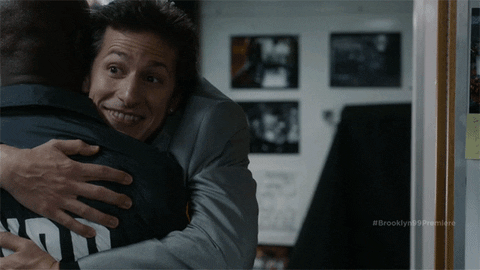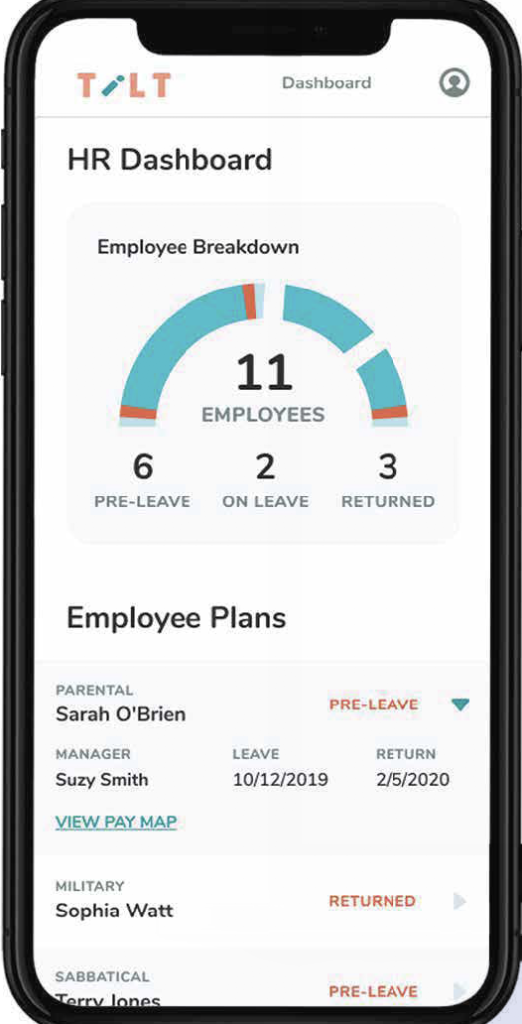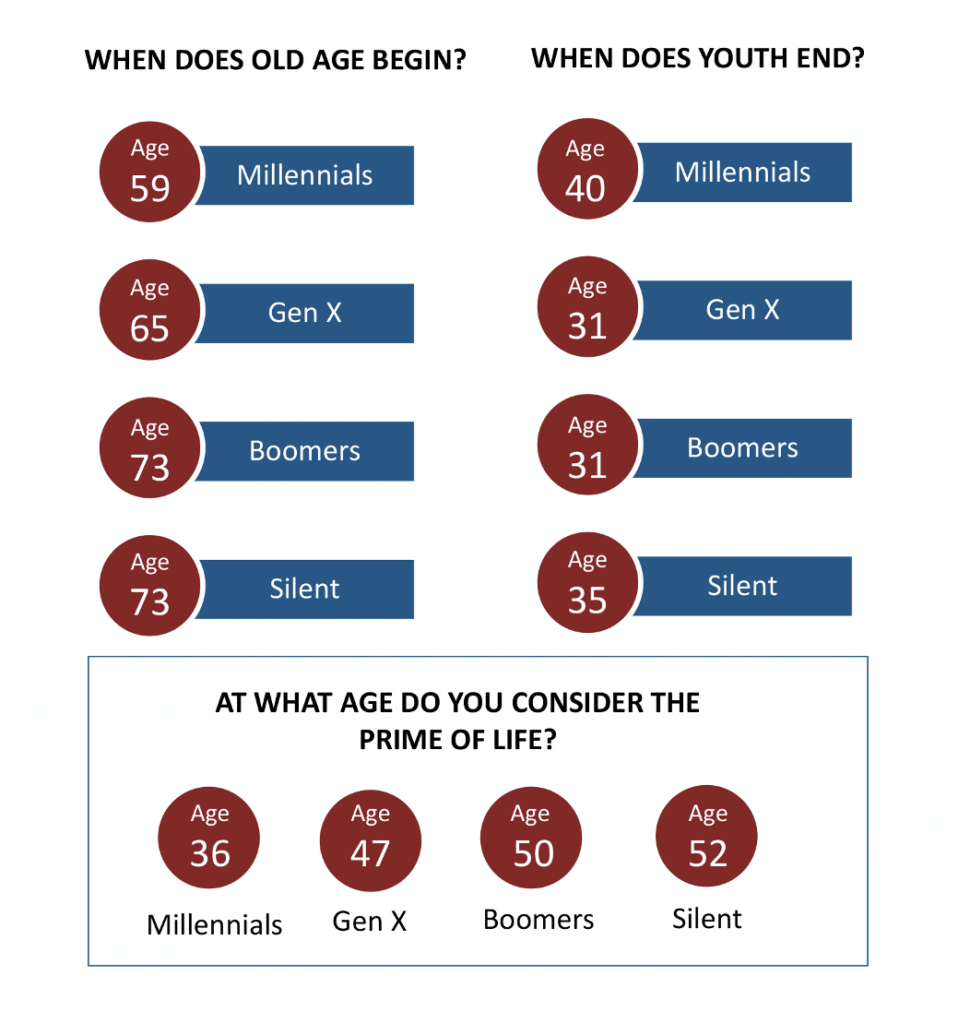Okay, I’ve been known as the guy who likes to hug, and I’m not sure why I have this designation but it might be because of this post here. Also, I tend to like hugs! And, I might have hugged a bunch of folks to kick off my speaking engagements demonstrating the Official Office Hugging Rules!
My mate (that’s what English male friends call each other) Chris Bailey (who is a world-class hugger in his own right) and I were messaging back and forth the other day on WhatsApp (Editor note: Tim has to tell you he was messaging on WhatsApp so he seems cool and worldly) and he said, “Mate, you need to write the rules for Hugging at Work after Covid”. He’s right, it’s time.
The key to great rules is you get them out before people start making up their own rules. Since organizations are just not figuring out return-to-work strategies, and a bunch of people are getting their Covid Juice (vaccines), the world, or at least Chris Bailey, is clamoring for how can we start hugging again!
The Rules for Hugging at Work, Post-Pandemic

1. Read the Original Rules of Hugging at Work, they still apply, but we needed some additions.
2. If both parties are Vaxed you are free to party! Hug away! Hug me like you missed me! Hug me so hard it might start an HR investigation! But only hugging, Sparky, don’t get too excited!
3. If one party is Vaxed and one party is stupid (err., not vaxed), Hug that moron if you want. Now, if you are vaxed and the non-vaxed person is wearing a mask, well that probably just helps knock down that coffee breath.
4. If you are not vaxed and the other party is not vaxed, please not only hug, but lick each other. The world is built around natural selection and there is nothing more exciting than watching natural selection take place in the wilds of the office!
5. Understand coming back into the office, Post-Pandemic, the world has changed a bit. Everyone is a bit on edge. There’s a good chance you hugging someone at work will get you fired. So, my recommendation is to hug anyway, no one wants to work in a world where “Karen’s” rule the world!
6. Don’t hug someone who is trying to give you an elbow bump. That person is weird.

7. Don’t hug someone who says, “It’s just a little bit of allergies” as they are hacking up a lung. Also, if you’re sick, have enough self-insight to let folks know so they don’t come in for a snuggle!
8. If it looks like someone needs a hug, ask them, and if they don’t say “No”, most likely they need a hug! The world has been an especially hard place the past year or so. A lot of folks need a hug!
9. Some of your folks are remote and they need a hug. Great leaders, in a new world of remote, hybrid, and on-premise, will travel and deliver hugs. It might be the single most important thing you do as a leader all year. Hug delivery.
10. Hug with DEI in mind! Have you hugged a person of color today? What about one of your Transgender co-workers or peers? What about someone of the same sex? If you only hug the opposite sex of the same color you are, you might want to ask yourself why is that? I’m an equal opportunity hugger! Come get some!
11. No group hugs. Let’s stay civilized, people! It’s a special kind of crazy the person who initiates a group hug. In HR we use “group hug” as profiling the truly psycho employees we have working for us! “Come on guys! Let’s all do a big group hug!” – Um, No!, Trevor!

Cancel Culture Can’t Cancel Hugs!
I did a survey recently and it turns out 89% of people want a hug, and the 11% who don’t like hugs, also hate puppies (this is my own survey, don’t @ me!). Here’s the thing, as we get back to work and see folks we haven’t seen in a while there will be emotion! We missed a lot of these assholes! Enough that we will want to give them a hug!
Also, if you have folks working hybrid that you don’t get to see as much, when you do see them you will want to do more than a cold handshake or fist bump. The world needs one big giant hug, and we certainly have some co-workers who need more than a few hugs!
Hugs don’t need to be canceled. Hugs are great! What needs to be canceled are creepy dudes who hug inappropriately and make the people they hug feel uncomfortable. Fix that problem! Leave hugs alone!




